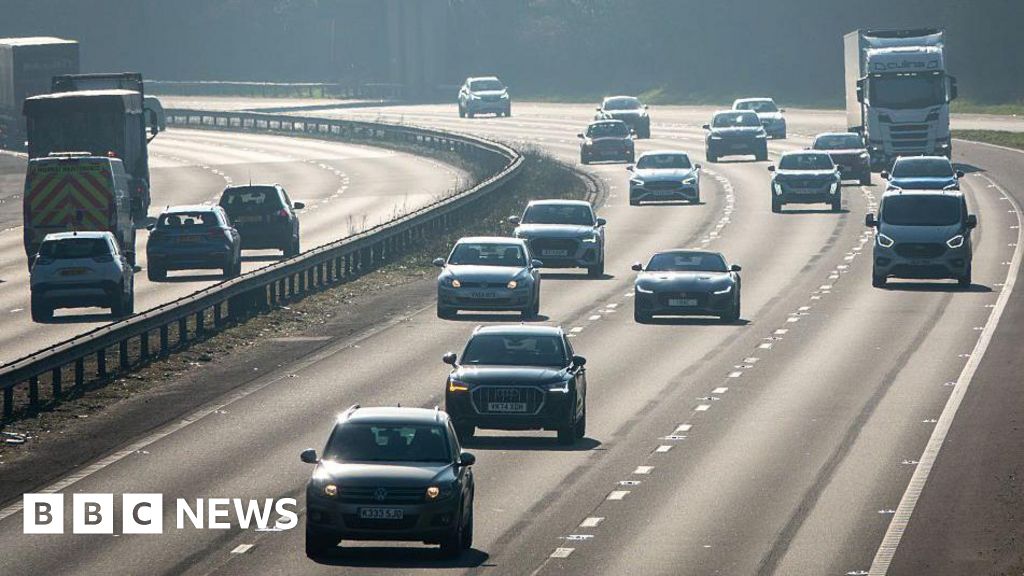Accounting researchers say they have uncovered a theoretically possible solution to simplify the tracking of Scope 3 greenhouse gas emissions up and down the value chain using
Under certain regulations in the European Union, California and other jurisdictions, entities need to report direct emissions from a company’s facilities and vehicles (Scope 1), indirect emissions from the energy used to run its operations (Scope 2), and emissions from upstream suppliers and downstream end users that buy a company’s products (Scope 3), which are generally understood to be the most complex and difficult to track. The accounting researchers—from Auburn University and John Carroll University—believe they have found a technological solution that, theoretically, could make this process easier.
The theoretical solution, outlined in the Accounting Review paper
Bartek Sadowski/Bloomberg
More specifically, each component of a tangible asset would have an associated NFT minted by a self-executing smart contract once that component enters the value chain as a blockchain input. This NFT is assigned data showing Scope 1 emissions associated with creating the component; a separate NFT is then minted for the Scope 2 emissions generated to create the component. As these components move through the physical value chain, the corresponding NFTs move between the same firms on the blockchain. When components are combined in manufacturing, smart contracts would “burn” the associated NFTs and mint new ones that represent the updated in-process assets and their aggregated emissions to that point in the value chain. Each one of these updates is recorded onto the blockchain ledger, which the researchers said would be collectively maintained and approved by consortium members.
“This system creates a near real-time cradle-to-grave provenance for tangible assets and their associated emissions as they move through the value chain and allows all emissions to be counted and claimed. Furthermore, all value chain participants can use this system to determine the total emissions associated with a product and their classification as Scope 1, 2, or 3 from their reporting vantage point,” said the paper.
Their system also has the ability to turn on and off different levels of privacy to protect each company’s proprietary information. Participants also can view just the upstream and downstream Scope 3 emissions by categories such as purchased goods or services, transportation and distribution and end-of-life treatment for sold products. When their system is fully built out, according to the paper, any company with authorized access can query the blockchain ledger to see the value of each of their products’ total emissions along all three scopes.
This is in contrast to current practices, which is generally seen as a complex and arduous affair that relies heavily on manual processes.
“In the process of conducting our research, we interviewed one [individual] who works for a large retail company, and he manually enters data from about 4,000 vendors into a spreadsheet and then performs calculations,” said Jenkins, noting that this method is time-intensive and could result in data entry errors and the double-counting of emissions,” said Greg Jenkins, one of the study’s authors.
The paper, however, did not say this technique was a slam dunk. It noted there are many practical hurdles to overcome before such a system could be fully implemented, as well as many risks that must be accounted for. While technologically feasible, experts the researchers ran the concept past pointed to, one, a need for governance and coordination, two, a lack of trust in the blockchain, and, three, blockchain latency. This is on top of other anticipated difficulties such as the challenge of obtaining accurate emissions data to enter into the blockchain in the first place, differences in reporting calendars potentially disrupting coordination, potential exposure of confidential information, and other risks that the technology is meant to address. However, the researchers believe that these challenges can be overcome, and that it will be worth it once they are.
“Notwithstanding the need for future research and refinement, our proposed solution and the prototype we demonstrate can improve the tracking and reporting of value chain emissions. If implemented, it would enable a cradle-tograve provenance for emissions tracking. With its ‘hand-off’ of emissions between firms, the ecosystem allows for tracking emissions as they move between parties, thus alleviating concerns about having to use secondary data sources to estimate upstream and downstream Scope 3 emissions. It would also alleviate concerns around the timing of emissions reporting, by making emissions data available to all value chain participants in near real-time. Finally, the complete and linear provenance of emissions recorded in a verified and secure ledger should help provide a path to higher levels of assurance on emissions disclosures (i.e., reasonable rather than limited assurance),” said the paper’s conclusion.
The emissions tracking technology is protected by a U.S.
While blockchains have the potential to be very energy intensive themselves, thus creating significant greenhouse gases, Mark Sheldon, another of the study’s authors, noted that specific applications do not necessarily have to be.
“Blockchains use different consensus mechanisms to ensure the various nodes (computers) agree on updates to the underlying ledger. Proof-of-stake, an option to use with our solution, is very energy efficient when compared to proof-of-work which is the one everyone hears about with Bitcoin. In fact, the Ethereum blockchain recently changed from proof-of-work to proof-of-stake and reports to be 99% more energy efficient. There are other factors that also come into play with our specific model, but this is the big one for energy efficiency,” he said in an email.
Credit: Source link










